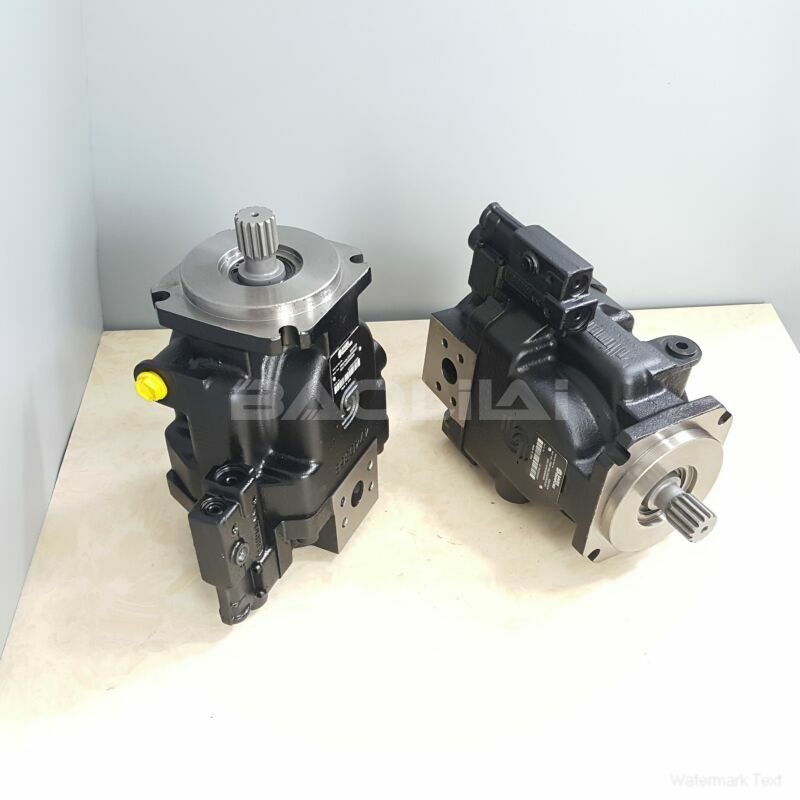FRL090CLB2520NNN3S1B2A1NNNNNNNNNN danfoss pump
FRL090CLB2520NNN3S1B2A1NNNNNNNNNN danfoss pump

- Product Details
- Applicable Scene
As the global demand for clean water continues to rise, the need for innovative solutions in water infrastructure becomes increasingly critical. High-pressure pumps are at the forefront of this evolution, playing a pivotal role in enhancing the efficiency and sustainability of water systems. This article explores the future of high-pressure pumps within the context of sustainable water infrastructure, highlighting technological advancements, environmental impact, and key challenges.
FR-L-090C-LB-25-20-NN-N-3-S1B2-A1N-NNN-NNN-NNN
FRL090CLB2520NNN3S1B2A1NNNNNNNNNN
High-pressure pumps are essential components in various water management applications, including water treatment, distribution, and irrigation systems. Their ability to deliver water at elevated pressures makes them indispensable for overcoming the challenges posed by geographical topographies and long-distance water transportation. The integration of high-pressure pumps into sustainable water infrastructure will focus not only on enhancing operational efficiency but also on minimizing energy consumption and reducing carbon footprints.

83009813
One of the most significant trends in the development of high-pressure pumps is the incorporation of smart technology. The advent of IoT (Internet of Things) and AI (Artificial Intelligence) allows for real-time monitoring and data analysis, leading to optimized performance and maintenance of pump systems. Predictive analytics can identify potential issues before they become critical, paving the way for proactive maintenance strategies. These technologies not only improve the lifespan of pumps but also enhance water use efficiency, aligning with sustainable practices.
Additionally, advancements in materials science are contributing to the future of high-pressure pumps. The development of lightweight, corrosion-resistant materials can lead to more durable pumps that require less energy to operate. These materials can withstand high pressures without compromising performance, reducing the need for frequent replacements and repairs. As a result, the life cycle of high-pressure pumps is extended, supporting sustainability goals by minimizing waste.





